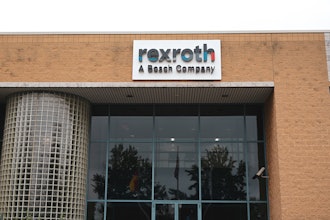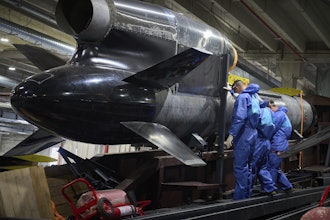Asset management –– can be broken down into a variety of categories and subcategories. Two primary subsets of asset management are asset performance management (APM) and financial asset management.
For the manufacturing world, APM is a necessary component to improve equipment performance. However, within the backend of manufacturing lives a world of assets comprised of deals and business agreements. These financial assets exist as part of financial asset management – a vital component to the administration and oversight of the financial documentation that is integral to the manufacturing industry.
ALSO READ: E-Commerce: Unlocking Potential That Goes Beyond Sales
Much like APM, digital financial assets must be tracked, managed, monitored and maintained to maximize their value. Done correctly this provides a legally binding solution that provides more functionality throughout the lifecycle of the contract, including an electronic audit trail.
Understanding Digital Transaction Management of Financial Assets
When contracts are the basis for the financial assets of the company, they must be managed and securitized appropriately in order to maintain their value and ensure the legality of business deals. Digital transaction management (DTM) is the key to storing, securitizing and protecting these assets, particularly as they move through the different stages of the lifecycle for various assets, from pre- and post-signature, which sometimes includes external auditing and being part of collateralization or securitization transactions. With the recent growth of adoption of digital practices in financial services, the DTM sector is expected to grow to $30 billion by 2020, according to Aragon Research.
DTM provides the maintenance, control and use of critical documents that have an intrinsic value, such as negotiable instruments in a fully electronic environment, storing and protecting these assets throughout their entire lifecycle, including post signature execution. It enables the end-to-end digital completion of business deals – replacing antiquated pen and paper processes.
In fact, according to Aragon Research, “the race to eliminate paper will continue unabated, and touch every aspect of the enterprise from sales to manufacturing, finance and human resources. As enterprises realize that the speed of business is their opportunity and challenge, more and more of them are trying to make their document processes fully digital."
Challenging the Status Quo
The old pen and paper process is inherently slow and, in addition to being inefficient, at odds with the on-demand world in which we now live.
As the younger generations become a larger influence in the world, millennials are driving digitization by demanding the ability to consume data and communicate via the platform of their choice anywhere in the world.
The new global economy is also creating challenges with the communication and sharing of information. Companies have traditionally worked in silos, making it difficult to work across diverse geographic locations. By launching an enterprise-wide solution, businesses can disseminate information across departments or around the world, as well as share vital documents to both internal and external parties while maintaining a secure and auditable digital environment that protects the original document.
Another challenge paper documents face is meeting increasingly stringent compliance regulations. It is extremely difficult to prove who has obtained access to documents during its lifecycle. In that same vein, it is very easy for an individual to take a paper asset from a stack on someone’s desk and make copies without permission.
Strategic business benefits
DTM provides numerous benefits in solving the challenges of the pen and paper processes.
Managing assets digitally provides benefits such as increased speed, ease of use, enhanced accuracy and added security over manual paper processes. Implementing an enterprise-wide digital system enables businesses to track purchase orders, change management with products, work orders, invoice processing, access management and much more.
By increasing efficiency through digitization, companies not only provide a better user experience but are able to increase efficiency. This results in dramatic cost and time savings while increasing data accuracy and quality.
Making strides
Digital financial asset management enables manufacturing businesses to communicate and share information across geographic locations, manage compliance with paper processes and readily access documents without the added cost of physical (paper) asset storage.
Digital transactions also enable manufacturers to conduct customer business with ease, accuracy and confidence, regardless of geographic location.
With proven opportunities to reduce cost, enhance efficiency and accelerate business processes, digital financial asset management has the potential to make great strides in the manufacturing space.
John Jacobs is Director of Sales at eOriginal.






















